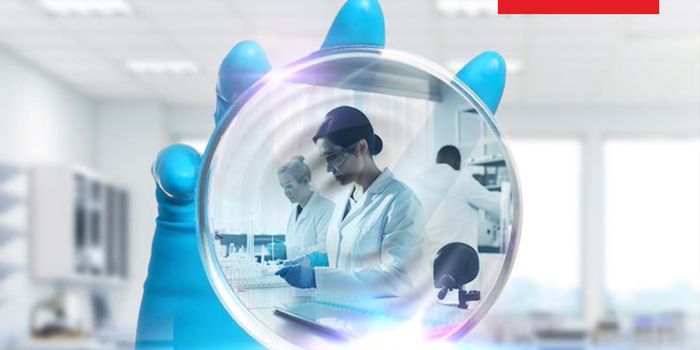The Drug Discovery Pipeline
Drug discovery is a multi-step, interdisciplinary process that easily can take over a decade to facilitate. People outside of the drug discovery pipeline often ask why? What is it that takes so long to get a great new idea into the clinic to benefit patients sooner and faster than that? Well, there are a number of factors that come into play, some of which I have discussed previously; but to really understand why this process takes so long, you first have to know what all goes into making it happen.
Phase 1: Target identification. This is the initial phase of the drug discovery pipeline. Before you can develop a drug, there needs to be a specific target thought to drive disease progression to design the drug toward. This means there also needs to be some sort of understanding of the molecular underpinning of the disease, which of course is easier said than done in many instances. Now, the exception is that researchers often identify drugs that act to combat disease without actually knowing what target they are hitting is, but if it can act to reverse the disease state it can be moved forward with minimal molecular work up. Targets can be genes, epigenetic, proteins, RNA, or anything involved in disease pathogenesis.
Phase 2: Lead discovery. Here, chemical compounds designed to interact with or block specified targets are synthesized and isolated. This step involves combinatorial chemistry, assay development to screen selected compounds, and high throughput screening of them. The assays used to do this can vary dramatically depending on their intended target and function
Phase 3: Medicinal chemistry: this phase involves developing a library of compounds and their analogs toward a target, and conducting structure-activity relationship (SAR) studies which interrogate how the 3D confirmation of the chemical structure in question interacts with its biological target, as well as in silico screening. This phase often involves further synthesis of compounds further optimized toward their intended targets based on the SAR studies and in silico results.
Phase 4: In vitro studies. Whatever seems to be promising based on the previous steps, must be tested in vitro first to see if it acts the way it is thought to in a cell system, and proof of concept must be established here prior to moving into animals. In vitro studies investigate drug affinity toward its target and selectivity. Cell culture systems relevant to the disease in question are used, and mechanism of action of the compound is interrogated. Here, the appropriate concentration and duration is often looked at as well, and the lead compounds are then refined.
Phase 5: In vivo studies. Once the lead compound(s) have been optimized and characterized to an acceptable level, in vivo studies are undertaken. This involves animal models of the disease in question, often times in mice or rats. This allows researchers to query how the compound works in a systems-biology model rather than 2D cell culture. This accounts for a number of variable such as drug metabolism and clearance, immune response, ability to get into circulation and reach target site, etc. and gives a wealth of information back to the researcher. It also allows for behavioral studies and functional imaging of both the disease in response to the chemical as well as of the chemical itself.
Phase 6: Clinical Trials. Once thorough studies have been done in the above mentioned steps, if the compound passes the tests required to entire clinical trials in humans, they can then be initiated. There are three phases a drug must pass sequentially: phase I, phase II, and phase III clinical trials – each having different endpoint objectives. If a compound shows safety and efficacy and again, meets the specified criteria it may then be considered for FDA approval.
Phase 7: FDA approval and commercialization. Once a compound is recommended for review, passes review, and is FDA approved it can then be used clinically be physicians nation-wide. The compound, or “drug” is then commercially available for purchase and…..successfully in the clinic to improve patients’ lives and outcomes!!
Each of these phases in and of itself can take multiple years, so you can easily see why the drug discovery pipeline takes the amount of time it does. There are efforts to expedite this process for promising candidates, but overall the schema above is critical in finding drugs that can combat disease without harming the rest of the person harboring the disease. With new technologies now available to use it is becoming more of a reality every day to expedite this process to the best of our ability, and we look forward to what that will entail.
Sources: Nature Reviews Medicine, Wikipedia, FDA, Pixabay, National Institute of Allergy and Infectious Disease (NIAID), Youtube









